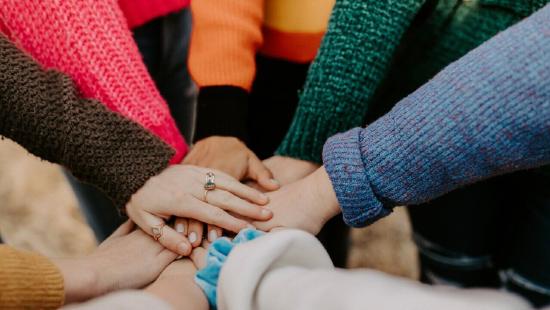The Paralympics has grown from a small gathering of British World War II veterans in 1948 to become one of the largest international sporting events. There were 400 athletes with a disability from 23 countries in 1960 to thousands of competitors from over 100 countries at the 2012 Summer Olympics. Paralympians strive for equal treatment with non-disabled Olympic athletes, but there is a large funding gap between Olympic and Paralympic athletes. The Paralympic Games are organized in parallel with the Olympic Games, while the IOC-recognized Special Olympics World Games include athletes with intellectual disabilities, and the Deaflympics include deaf athletes.
Given the wide variety of disabilities that Para athletes have, there are several categories in which the athletes compete. The allowable disabilities are broken down into ten eligible impairment types. The categories are impaired muscle power, impaired passive range of movement, limb deficiency, leg length difference, short stature, hypertonia, ataxia, athetosis, vision impairment and intellectual impairment. These categories are further broken down into classifications, which vary from sport to sport.
While the COVID-19 pandemic has impacted nearly every person on this planet, it has impacted persons with disabilities disproportionately. Already the world’s largest marginalised group, COVID-19 has made matters much worse, furthering levels of discrimination and exclusion in many vital areas.
“At a time of crisis, the world needs inclusion, not exclusion."
Change Starts with Sport and next year’s Paralympic Games are a platform to place disability at the heart of the diversity agenda and show the world why inclusion matters. With record numbers set to watch Tokyo 2021, Ability2Access is determined to use the Paralympics to change attitudes, breakdown barriers of inequality and create more opportunities for persons with disabilities.
